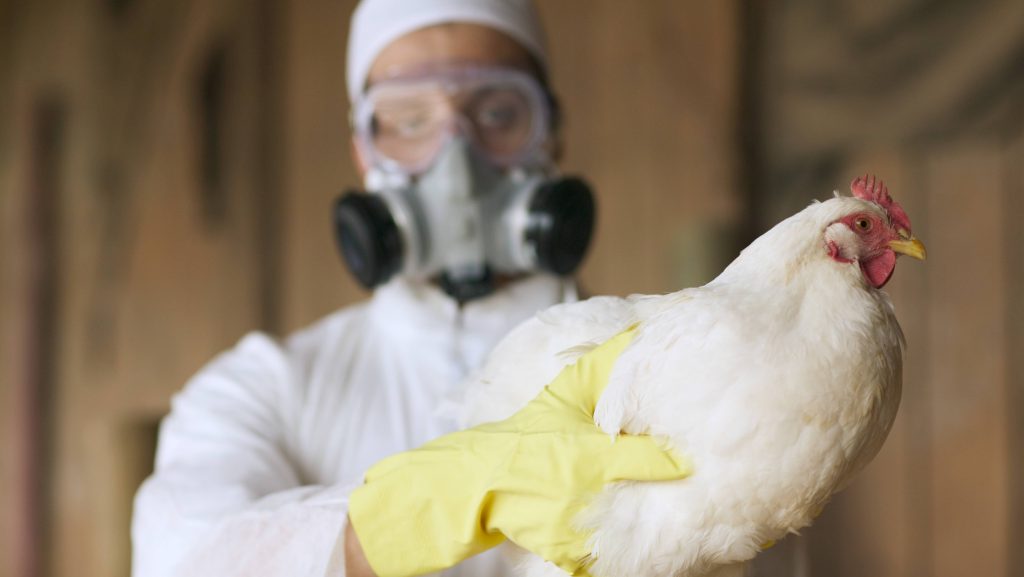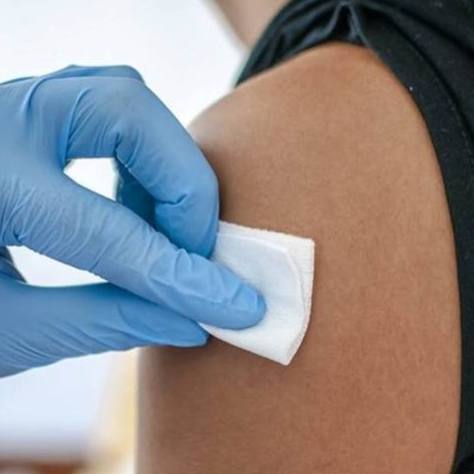-
Infectious Diseases
Mayo Clinic monitoring rising avian influenza cases, preparing for potential human-to-human outbreak

The recent death of an 11-year-old girl in Cambodia's Prey Veng province infected with avian influenza has reinvigorated concern over the virus potentially gaining the ability to spread among humans. And while experts maintain the risk of that happening "remains low" at this time, the World Health Organization has said that increasing reports of avian influenza infection in humans are "worrying."
Matthew Binnicker, Ph.D., Mayo Clinic's director of Clinical Virology, agrees. "The primary concern is that humans wouldn't have existing immunity to a strain that's more adapted to wildlife such as birds and other mammals, and so the virus could cause more severe disease if it gains the ability to spread efficiently from person-to-person," he says.
The avian influenza strain causing a large outbreak among birds has two unique proteins on the outside of the virus. "One is called hemagglutinin, and the other is called neuraminidase," Dr. Binnicker says. "Those proteins help the virus either bind and get into cells or get out of cells, respectively."
While the combination of hemagglutinin and neuraminidase proteins on the circulating strain of avian influenza are currently more adapted to infecting the cells of birds and some animals, the potential for the virus to mutate and efficiently infect human cells is what has Dr. Binnicker and others on a heightened sense of alert. "The concern is if those proteins change enough to where they can efficiently begin to infect human cells, our immune system wouldn’t be able to recognize those proteins effectively, allowing the virus to spread faster and cause severe disease," Dr. Binnicker says.
While that risk currently remains low, Dr. Binnicker is already having discussions with public health and industry partners to determine whether there is a need to begin work on new testing strategies to accurately identify avian influenza infection in humans. "The next step in our preparation is to determine whether we need to develop a specific avian influenza test. The virus is currently causing a large outbreak in birds, but it's unknown if the outbreak will cross over into humans at a significant level. If an outbreak or pandemic occurs a year from now — or 10 years from now — we want to have the ability to tell our physicians: 'You have access to a test that can diagnose your patients with this specific strain of avian influenza,'" Dr. Binnicker says.
While those discussions continue, Dr. Binnicker says there are simple and familiar steps people can take to help reduce the potential of an avian influenza outbreak in humans. "Right now, the main concern is still within the bird population," he says. "But, in general, what we can be doing is just taking the normal precautions of staying home if you’re ill. And as we’ve learned from the COVID-19 pandemic, if you’re having any respiratory symptoms and you need to be out in public, we know that wearing a mask can help keep others safe. Those are simple steps that people can continue to take to help ward off transmission of respiratory viruses."
Related Articles







